
Microcontroller
Fundamentals
B. Furman
13FEB2014

Learning Objectives
Explain the general architecture of a
microcontroller
List the key features of the ATmega328
microcontroller
Explain the features and elements of the Arduino
and Spartronics Experimenter Shield (SES)
Explain the concepts of microcontroller pins as
inputs and outputs
Convert between binary and hexadecimal digits

Mechatronics Concept Map
Controller
(Hardware & Software)
System to
Control
Sensor
Signal
Conditioning
Power
Interface
Actuator
User
Interface
Power
Source
BJ Furman 22JAN11
ME 106
ME 154
ME 157
ME 195
ME 120
ME 297A
ME 106
ME 120
ME 106
ME 190
ME 187
ME 110
ME 136
ME 154
ME 157
ME 182
ME 189
ME 195
ME 106
ME 120
ME 106
INTEGRATION

What is a Microcontroller?
http://www.freescale.com/files/microcontrollers/doc/ref_manual/M68HC05TB.pdf
ANALOG
INPUTS
What is the difference between a ‘Digital Input’ and an ‘Analog Input’?

ATmega328 Internal Architecture
ATmega328 data sheet pp. 2, 5
http://www.adafruit.com/index.php?main_page=popup_image&pID=50

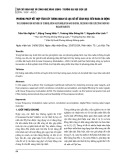

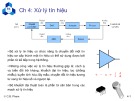

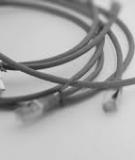
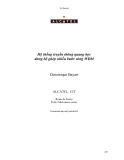


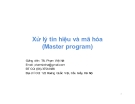
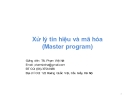

![Trắc nghiệm Mạch điện: Tổng hợp câu hỏi và bài tập [năm hiện tại]](https://cdn.tailieu.vn/images/document/thumbnail/2025/20251118/trungkiendt9/135x160/61371763448593.jpg)













